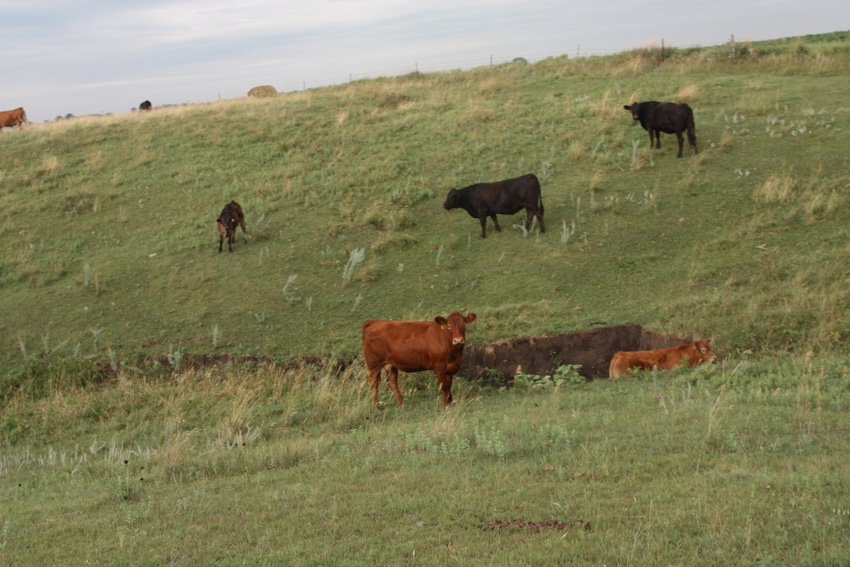How does the carbon footprint of U.S. beef compare to global beef?
The beef checkoff is seeking to reclaim discussions of sustainability from activists using the buzzword against beef producers.
November 13, 2017

Sustainability — it’s a hot topic of discussion these days as our population continues to grow and available resources become fewer and fewer as grasslands and forests are replaced with the concrete jungles of urban sprawl.
Yet, if you ask an environmental activist about this topic, he would say agriculture is to blame. This is despite the fact that modern food production uses less land, water and other natural resources to produce an abundance of food that is widely available to consumers.
However, it’s easy to take modern food production practices for granted when we have full bellies.
Sustainability is a buzzword that has been stolen by activists and used as a weapon to criticize, attack and demonize today’s farmers and ranchers. It’s a word that is difficult to define, but for beef producers, it’s always been about conserving the land, producing more nutritious and safe beef and passing on our legacy to the next generation.
When you put it into layman’s terms, sustainability isn’t that complicated; however, misconceptions about beef production continue to plague us. One that we hear over and over again is the lie that today’s U.S. beef production chain emits too many greenhouse gases. If we would simply go meatless on Mondays, we could continue to drive our gas-guzzling SUVs and live in energy-zapping mansions without feeling guilty. It’s the cheeseburger that’s causing all the damage, right?
Not so fast.
This myth has been debunked many times, but in a new animation, funded by the beef checkoff, sustainability is broken down to show consumers the facts about greenhouse gas emissions from U.S. beef cattle compared to beef cattle raised around the world.
You can watch the animation here.
Here is an excerpt of the information consumers will learn when watching this animation:
“In two recent analyses of global livestock systems, North American beef production systems (including the U.S.) were found to have 10 to 50 times lower carbon footprints as compared to many nations in sub-Saharan Africa and the Indian subcontinent.
“Higher quality feeds, less heat stress, improved animal genetics, improved reproductive performance and faster growth — these five factors improve efficiency in the U.S. while decreasing emissions and the use of natural resources.”
This is just one of several animations that the beef checkoff will be unveiling to consumers. Share this on social media and let’s work to change the public’s perception that beef production is bad for the planet. We know differently, and here are the facts.
The opinions of Amanda Radke are not necessarily those of beefmagazine.com or Farm Progress.
About the Author(s)
You May Also Like




.png?width=300&auto=webp&quality=80&disable=upscale)
